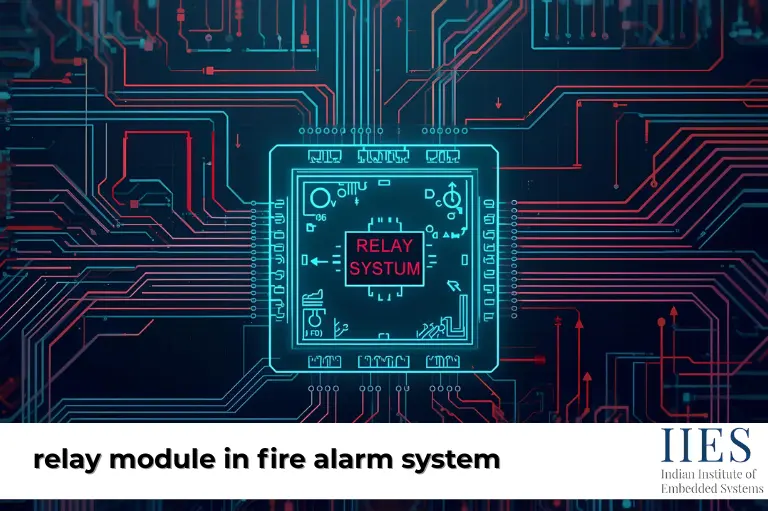
Fire alarm systems save lives and protect property by detecting fires early and alerting occupants. A key component that ensures these systems work smoothly is the relay module in fire alarm system It acts as a bridge between the control panel and devices, making fire responses fast and reliable Additionally, Arduino applications are often used in fire alarm systems for enhanced monitoring and control.
Relay modules in fire alarms control devices like sirens, lights, and sprinklers, ensuring timely alerts and safe building evacuation.
A relay module is an electronic switch that allows a fire alarm control panel to operate other devices. When the panel detects fire or smoke, the fire alarm relay module activates alarms, lights, sprinklers, and ventilation systems. It acts as an intermediary, ensuring that signals from the control panel trigger the correct devices quickly and reliably.
In short, without a relay module, fire alarm systems would struggle to coordinate multiple devices effectively. Modern systems may include an addressable control relay module or a fire alarm monitor module for advanced functionality.
Relay modules perform multiple tasks that make fire alarm systems effective and reliable. They help control devices, isolate faults, and ensure proper coordination for safety during emergencies.
Modern fire alarm systems use relay modules in advanced ways for smarter fire detection and response. These applications include addressable modules, integration with building management systems, and smart building connectivity.
Relay modules are more than just switches—they are the backbone of a coordinated fire alarm system. Their roles include:
Relay modules are crucial for effective fire alarm systems. They manage device control, integrate with building systems, isolate faults, and enable smart, reliable responses. Their role ensures lives and property are protected efficiently during fire emergencies.
A relay module is an electronic switch that allows the fire alarm control panel to operate alarms, lights, and other devices, ensuring timely alerts and proper coordination.
Relay modules ensure devices respond correctly during emergencies, improving safety and reducing risks.
While basic alarms may work, a system without a relay module cannot coordinate multiple devices efficiently, limiting safety.
They enable sequential device activation, remote monitoring, and integration with other systems, ensuring fast, structured responses.
Traditional modules control devices as a group, whereas addressable modules allow unique identification and precise control of each device.
Relay modules connect with HVAC and BMS systems to manage airflow, security, and other building operations during fire emergencies.
Indian Institute of Embedded Systems – IIES